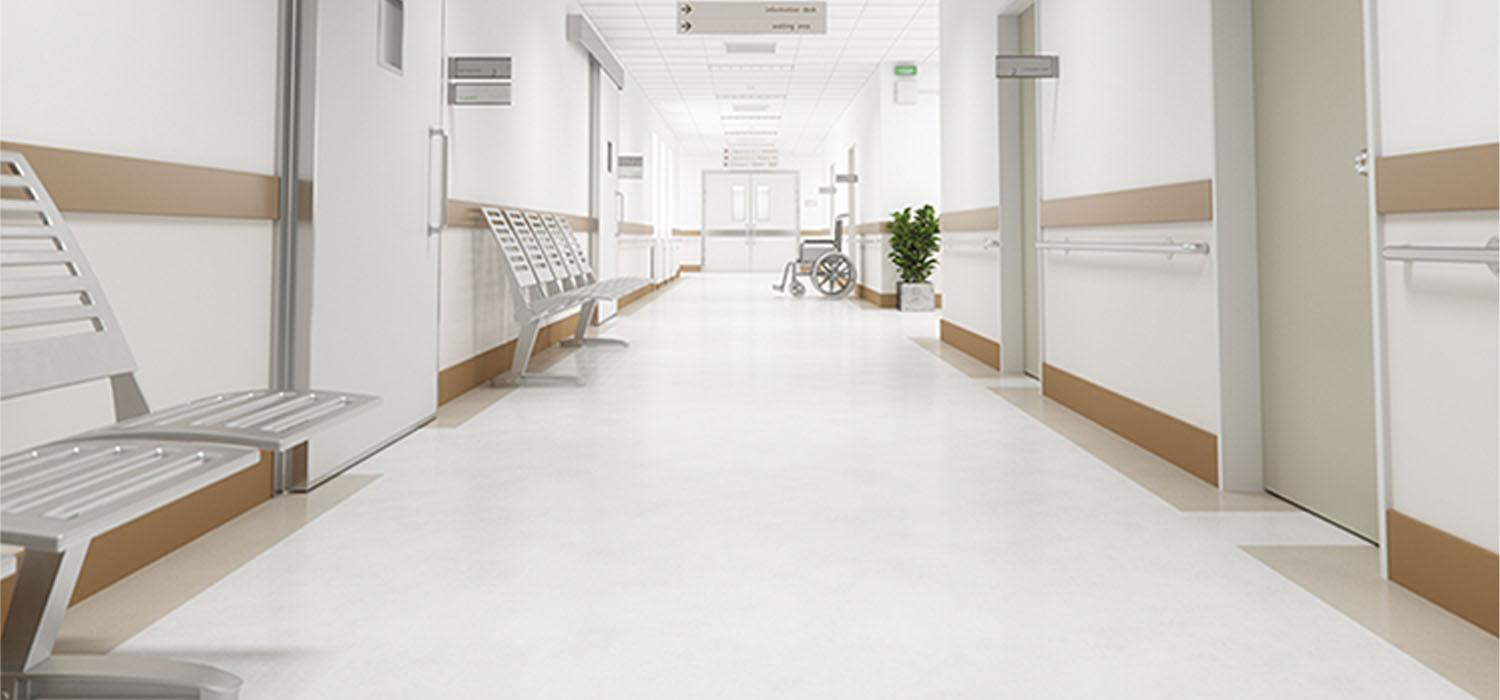Nurse Communication Techniques for Better Patient Outcomes
Throughout the nursing field, effective, efficient communication is a core guiding principle. Streamlining and clarifying communication has many advantages. Not only can it enhance job satisfaction, but it is also proven to save lives. Believe it or not, hospitals attribute 80% of sentinel events to a lack of communication.1
Beyond saving lives, better communication can help protect you and your facility from lawsuits. Startlingly, communication breakdown was identified in 31% of malpractice cases. So clearly, there’s a real need for improvement in communication processes amongst nurses. A standardized and widely accepted handoff tool such as SBAR can reduce the risk of leaving off important details at the end of a long shift. But what else can each of us do?
Nonverbal Communication
Communicating involves much more than just the successful delivery of technical facts. There are so many layers of nuance, and often we’re communicating in other, less precise ways, whether we realize it or not. Body language is an important one to keep in mind. It is so important to be self-aware of our demeanor and consciously continue to improve. In order to encourage sharing and learning, and to provide a safe space for asking questions, we need to create a feeling of safety, respect, and positive energy. Just think of all the ways you can communicate this: a simple smile, a head nod, eye contact, and tone of voice all send signals to patients and co-workers alike.
Verbal Communication
There’s always room for polishing our verbal and written communication skills as well. Learning standards for communicating between the nursing staff cannot be prioritized highly enough. This is especially evident in the nursing ritual known as the Handoff. Communication handoffs are critically important in creating a shared mental model around the patient’s condition. Root cause analysis has shown the need for a standardized approach to handoff communication.2 The Joint Commission advocates for a handoff standard such as SBAR.
S – Situation (a concise statement of the problem)
B – Background (pertinent and brief information related to the situation)
A – Assessment (analysis and considerations of options — what you found/think)
R – Recommendation (action requested/recommended — what you want)
SBAR is very helpful when giving a verbal or written report to an oncoming nurse or physician. This approach is really effective for helping to keep handoff conversations focused, ensuring that all the essential information is conveyed without leaving out some important detail.
1 Joint commission on accreditation of healthcare organizations. Sentinel event data/root causes by event type (2004-3Q2011). HTTP://www.jointcommission.org/assets/1/18/root_Causes_event_type_2004-3Q2011.PDF
2 Haig KM, Sutton S, Whittington J. SBAR: A shared mental model for improving communication between clinicians. Jr Comm J Qual Patient Saf 2006;32:167-75.



